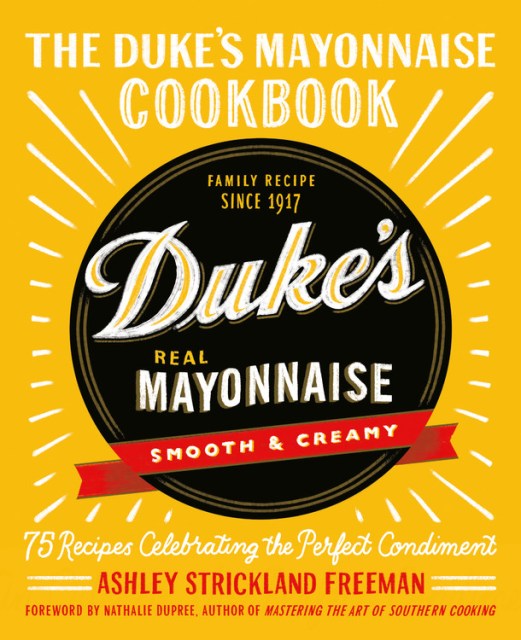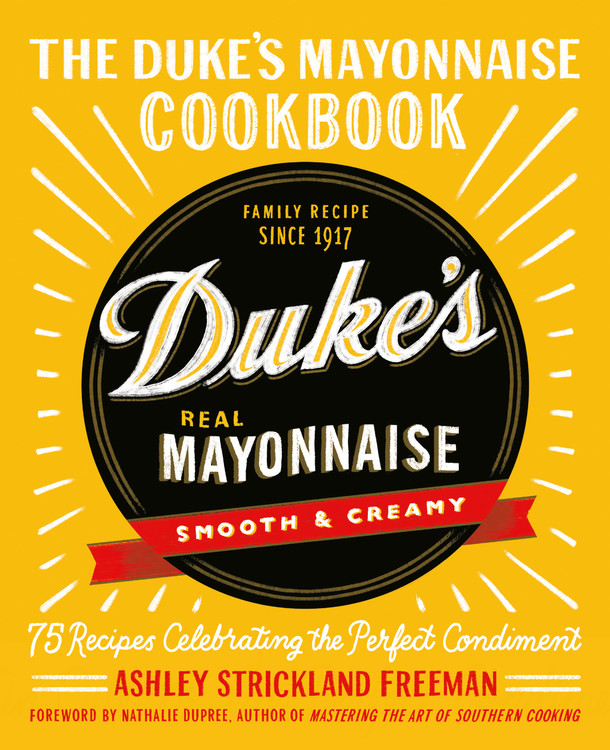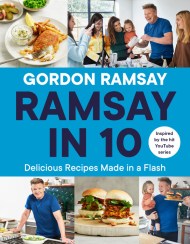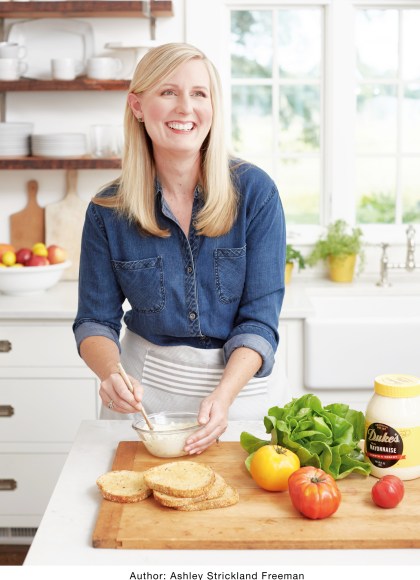Promotion
Use code BEST25 for 25% off storewide. Make sure to order by 11:59am, 12/12 for holiday delivery!
By clicking “Accept,” you agree to the use of cookies and similar technologies on your device as set forth in our Cookie Policy and our Privacy Policy. Please note that certain cookies are essential for this website to function properly and do not require user consent to be deployed.
The Duke’s Mayonnaise Cookbook
75 Recipes Celebrating the Perfect Condiment
Contributors
Formats and Prices
- On Sale
- Jun 30, 2020
- Page Count
- 256 pages
- Publisher
- Grand Central Publishing
- ISBN-13
- 9781538717349
Price
$30.00Price
$38.00 CADFormat
Format:
- Hardcover $30.00 $38.00 CAD
- ebook $14.99 $19.99 CAD
This item is a preorder. Your payment method will be charged immediately, and the product is expected to ship on or around June 30, 2020. This date is subject to change due to shipping delays beyond our control.
Buy from Other Retailers:
Genre:
-
"Bold and beautiful, the 75-recipe book pops with the company's signature colors. Sunshine yellow, black and red are splashed throughout its chapters along with illustrations of the mayo jar. Renowned chefs share their "spiels" of how and why they fell in love with Duke's. The cookbook is packed with both classic and unexpected recipes."Pittsburgh Post-Gazette
-
"In her love letter to a sauce, Freeman, 38, puts a personal twist on many of the usual savory suspects...In what may come as a surprise to some, Freeman also makes the case that Duke's is a smooth operator in waffles, crepes, and breakfast baked goods...The Duke's Mayonnaise Cookbook is a terrific resource."Atlanta Journal-Constitution
-
"Makes my mouth water, with crowd-pleasers such as bananas Foster bread with browned butter-rum glaze, pimento cheese grits and firecracker shrimp tacos. And of course, there's elote--delicious Mexican street corn slathered in mayonnaise."BookPage (starred review)
-
"[A] cheerful debut that celebrates, without feeling gimmicky, Duke's Mayonnaise...The recipes are easy to follow and filled with helpful tips...Whether readers are mayonnaise aficionados or need inspiration to create flavorful foods with this pantry staple, this useful guide will not disappoint."Publishers Weekly
Newsletter Signup
By clicking ‘Sign Up,’ I acknowledge that I have read and agree to Hachette Book Group’s Privacy Policy and Terms of Use







